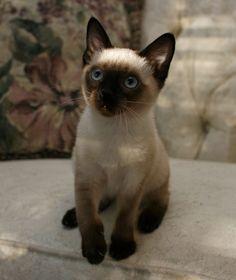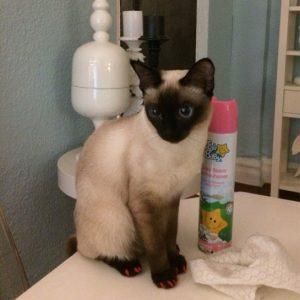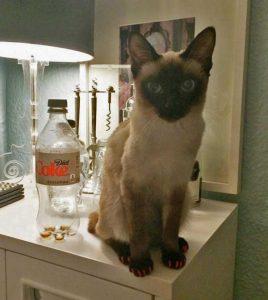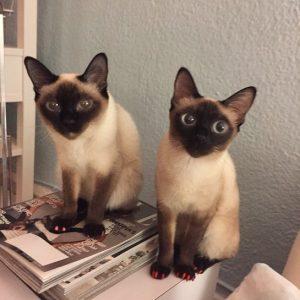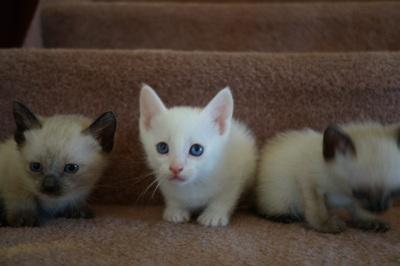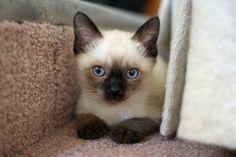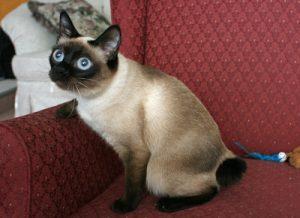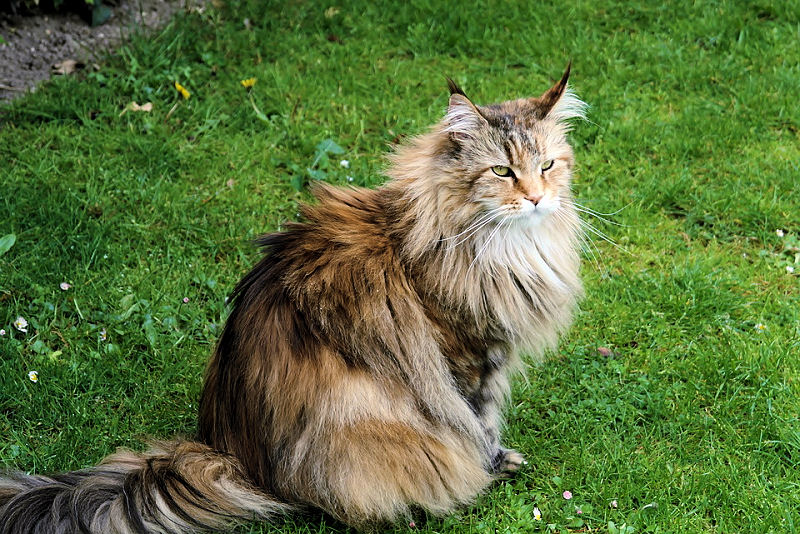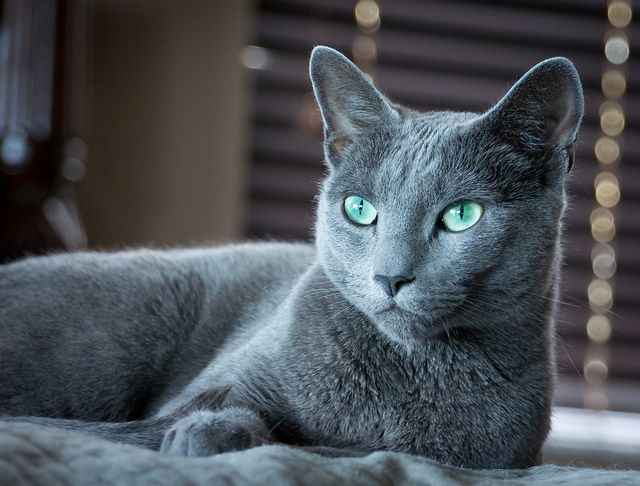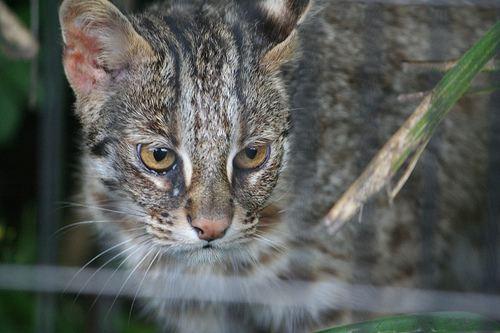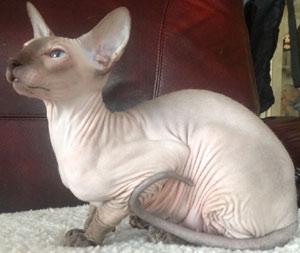Toybob Cat
The ToyBob Cat, or Toy Bobtail, is the world’s smallest breed of domestic cats, and is also one of the rarest and most expensive. In this regard, it can easily be compared to its canid counterpart ‘Chihuahua’. Originating in the Russia, the then USSR, this little color point feline is naturally bob-tailed, and does not grow more than a 3-4 month old kitten. In spite of having a small size, they have sturdy, well-muscled body. They have a wedge-shaped head, a round snout, erect ears, and large almond-shaped eyes.
Quick Description
Physical Appearance & Size
| Body Type: | Very small |
| Weight: | 2 to 5.5 pounds |
Colors & Patterns
| Coat Type: | Medium, smooth, straight |
| Coat Colors: | All color points are allowed except for white |
Other Characteristics
| Other Names: | Skif-tai-toy-Don |
| Life Expectancy (Lifespan): | 16-22 years |
| Weight: | 2 to 5.5 pounds |
| Personality Traits: | Obedient, docile, intelligent, playful, brave |
| Shedding: | Less |
| Hypoallergenic: | Unknown |
| Good with Children: | Yes |
| Vocalization: | Moderate |
| Country of Origin: | USSR (Russia) |
| Year of Development: | 1988 |
| Competitive Registration/Qualification Information: | World Cat Federation (WCF), The International Cat Association (TICA) |
History and Development
Though the toybob cat is a very small cat with a bob tail, they did not originate through the selective breeding with specific characteristics like short size or bobbed tails and small size. The breed was developed with an aim to get a small-sized cat through genetic mutations, resulting in a cat having the right size and the desired traits. Their unique set of genes does not exist in any other cat breeds, and has induced such characteristics in them that are not typical of their environment.
In 1988, Elena Krasnichenkos, a breeder from the Thai Bobtail Cattery, Russia, developed the first known toy bobcats. Alhough the phenotype of this breed is consistent and unique, the specific genotype is yet not known.
The breed is still experimental, and therefore its history is not long enough to research whether their unique genes are dominant or recessive. In 2011, a total of six Toybob kittens were registered by TICA, and are considered as the first in the USA.
Temperament and Personality
The toybob is known to be docile, making a great companion cat for the family. Because of their inherent playful attitude, they are also friendly with children and ready to play with them all day. Despite their small appearance, they are perfect for even large families and houses. These cats are very brave, and quite interestingly, the bobs are not afraid of flash like most other breeds.
Bobcats are completely obedient and unaggressive. They can get along well with other pets, especially if they like to play. Their incessant activeness even in adulthood would apparently seem to be like that of naughty little kittens. However, there are exceptions, since some individuals might exhibit incomplete penetrance that might have skipped in one generation and are likely to come back with the offspring.
Care
These Russian felids are smart enough in cleaning up their little body. However, you can always comb your bob once or twice a week to enhance blood circulation and keep the coat smooth. For that purpose, the perfect brush will be massage glove. Also, bathe a bobcat if it is extremely necessary. But use a feline shampoo or a baby bath lotion.
Toybob cats are long-living. An average bob will live for more than 20 years, with all the deceased specimens known to have lived between 22 and 24. They are extremely healthy with a surprisingly strong immune system, and have no breed-specific issues.
Diet/Feeding
General balanced cat diet is recommended, including meat, fish, vegetables, cereals, cottage cheese, yogurt etc. However, it is also advisable not to feed your bob with too much of milk products, since that might boost up chances of developing lactic intolerance.
Interesting Facts
- In Russia, a bobcat can cost as high as 150, 000 rubles.
- Bobcat has a unique voice. Many individuals would try to speak out words or imitate sounds and calls such as a dog’s woof, etc.

